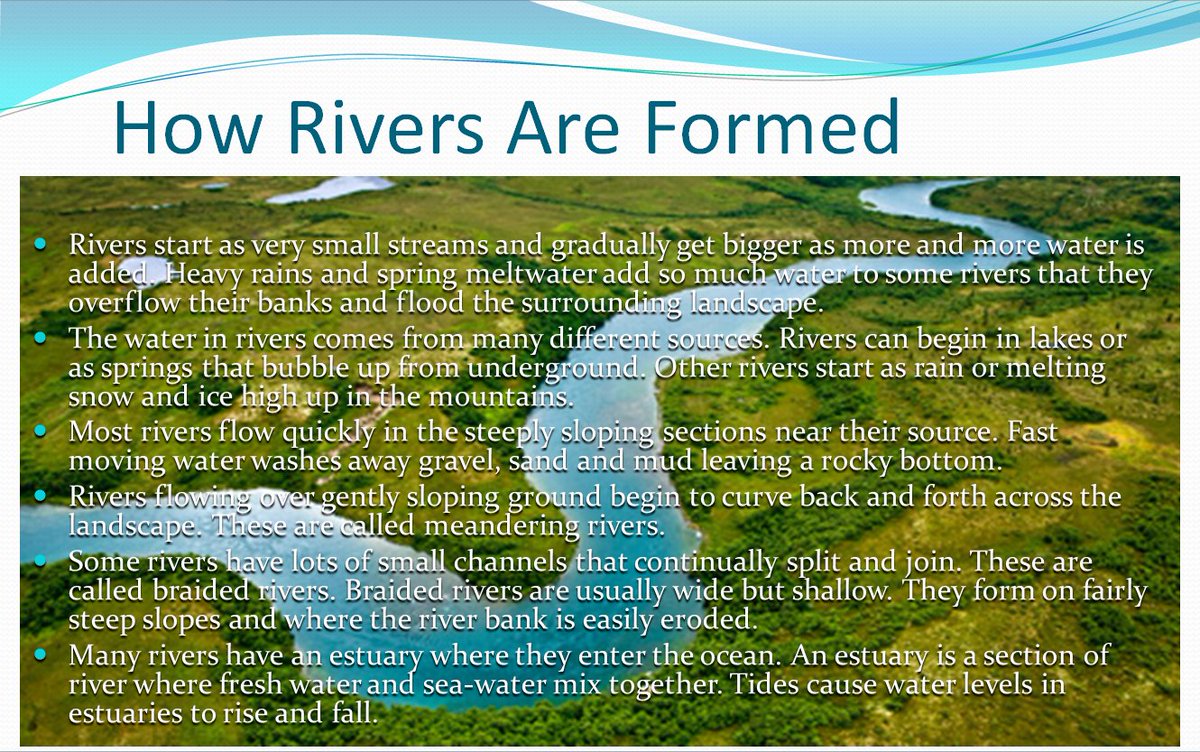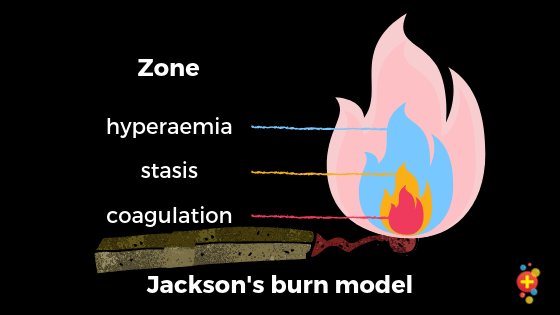
Virtual conferences/presentations to larger audiences are a challenge. There are pros and cons of pre-recording sessions.
It’s not a case of:
Pre-record = bad
Live = good
There is nuance.
A thread...
1/12
It’s not a case of:
Pre-record = bad
Live = good
There is nuance.
A thread...
1/12
Make the decision that serves the core groups' interests best (in order of priority):
1. The audience - must learn + feel connected
2. The speaker - must feel supported, empowered, + valued
3. The organiser - must be able to practically deliver
2/12
1. The audience - must learn + feel connected
2. The speaker - must feel supported, empowered, + valued
3. The organiser - must be able to practically deliver
2/12
As speakers we prefer a F2F audience. We like to hear them laugh at our great jokes, gasp at the cliffhangers, + know when their eyes drift so we can pull them back.
We can’t do this in a virtual presentation. We must accept this and adapt what we do.
3/12
We can’t do this in a virtual presentation. We must accept this and adapt what we do.
3/12
You can’t have 300 people with sound on or faces showing. It's distracting + meaningless.
For our 15 min pres (please no longer, attention will wane), we won’t be riffing off the audience
There is nothing dynamic about talking AT a virtual audience (live or pre-recorded)
4/12
For our 15 min pres (please no longer, attention will wane), we won’t be riffing off the audience
There is nothing dynamic about talking AT a virtual audience (live or pre-recorded)
4/12
What we gain through pre-record is tech slickness, editing, special effects, production quality.
As a speaker, we must use the opportunity to pre-record to our advantage. This is a new skill for many of us.
This is our new challenge as a speaker in a virtual world.
5/12
As a speaker, we must use the opportunity to pre-record to our advantage. This is a new skill for many of us.
This is our new challenge as a speaker in a virtual world.
5/12
We must not deliver the same thing we would F2F. As speakers we need to consider how the medium can enhance our message + learning transfer to the audience
Good content + our clinical expertise is NOT enough to deliver a good presentation to a large crowd
We must step up
6/12
Good content + our clinical expertise is NOT enough to deliver a good presentation to a large crowd
We must step up
6/12
As audience members, there is a long list of annoying tech things we see, including:
Pixelated speaker
Speaker sound keeps dropping
“Can you see my slides?”
Faffing in between sessions
Pre-recording allows these to be optimised to get a smoother audience experience.
7/12
Pixelated speaker
Speaker sound keeps dropping
“Can you see my slides?”
Faffing in between sessions
Pre-recording allows these to be optimised to get a smoother audience experience.
7/12
Can we replicate the energy that speakers feel when they present live? This isn’t easy
One thing we are trying at @DFTBubbles is speakers going to a recording studio. This should increase adrenaline v recording in your home. But it won’t be the same – we can’t change that
8/12
One thing we are trying at @DFTBubbles is speakers going to a recording studio. This should increase adrenaline v recording in your home. But it won’t be the same – we can’t change that
8/12
But the audience still wants to feel connected, involved, + engaged. We can’t achieve that through recorded presentations (or live didactic ones)
We need to find meaning in other ways of engaging + connecting
And there are many
We must use these IN ADDITION to prerecords
9/12
We need to find meaning in other ways of engaging + connecting
And there are many
We must use these IN ADDITION to prerecords
9/12
Have the speaker there live + engaging on the chat.
Have a live Q+A to pull audience questions on the day.
Have interviews as part of your pre-record where the audience watch interaction rather than being talked at.
Think of ways for your audience to feel connected.
10/12
Have a live Q+A to pull audience questions on the day.
Have interviews as part of your pre-record where the audience watch interaction rather than being talked at.
Think of ways for your audience to feel connected.
10/12
As a speaker, having pre-recorded my talk allows me to be more present for the live chat on the day as the cognitive load of presenting has reduced.
So there is a place for both.
We need to work out the best combination is for each event.
It’s not one size fits all.
11/12
So there is a place for both.
We need to work out the best combination is for each event.
It’s not one size fits all.
11/12
Pre-recorded short didactic session can be great, but we also must ensure engagement live in other ways.
It’s the responsibility of the organisers AND the speakers to step up, adapt, try new things.
12/12
It’s the responsibility of the organisers AND the speakers to step up, adapt, try new things.
12/12
• • •
Missing some Tweet in this thread? You can try to
force a refresh








